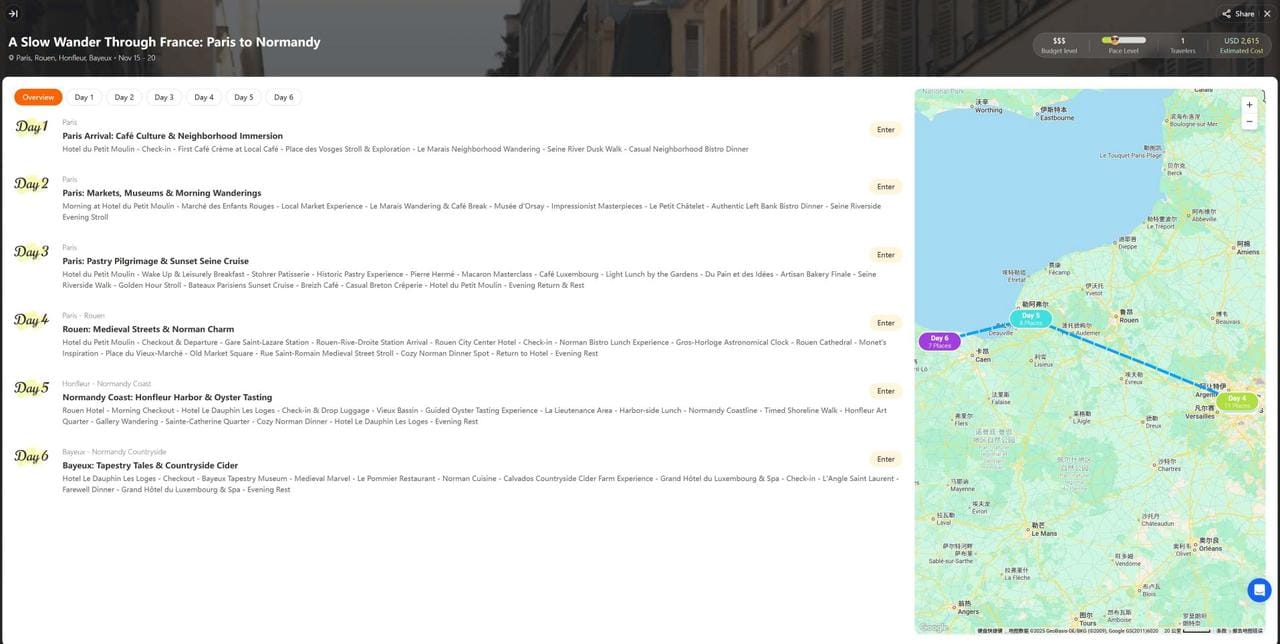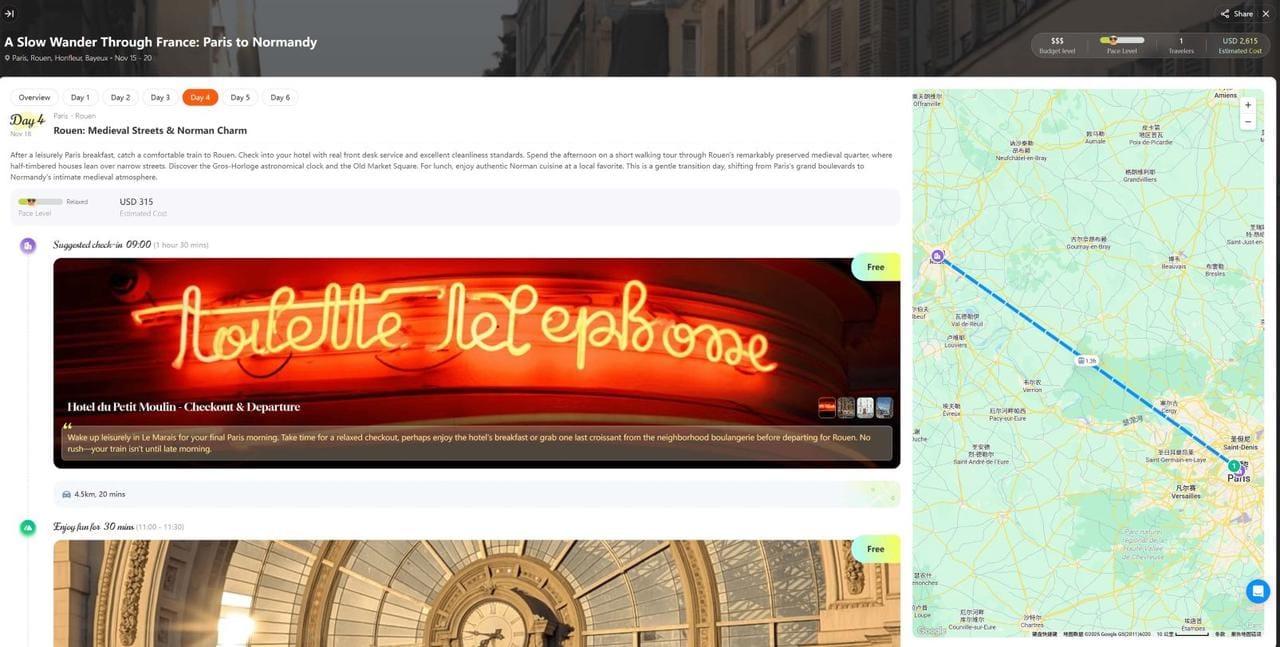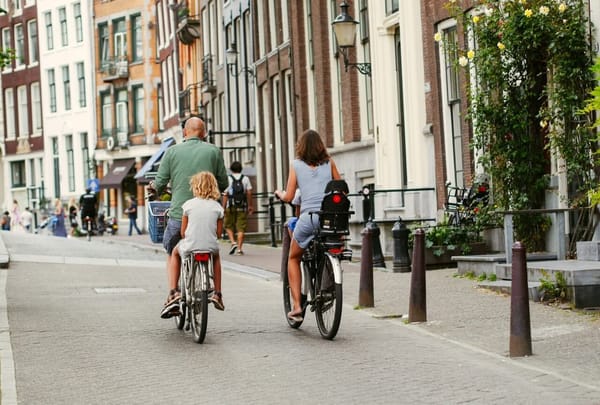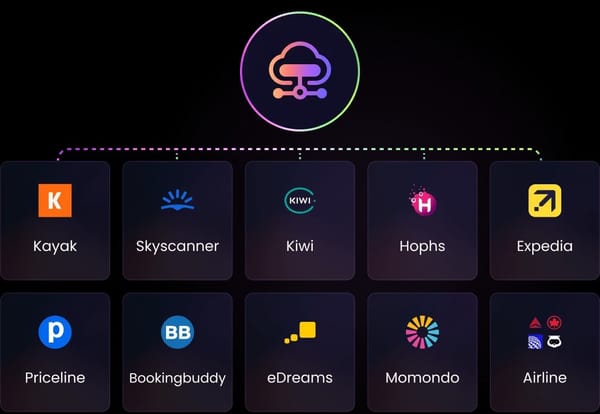If you’ve ever wanted a trip that feels both personal and practical, an AI Europe trip planner can help you find one fast. iMean AI builds day-by-day itineraries that show not only where to go, but also how to move between places, what to do each day, and what the trip might cost. Below are two human-centered trip examples that iMean AI generated. After them, I’ll explain how these plans come together and what makes this approach stand out.
Case 1: Slow Paris + Normandy Coast — our mellow week for two
Why we wanted this
My partner and I wanted a week that felt like a real break. We wanted good bread, quiet streets, and at least one day by the sea where we could breathe instead of rushing through museums every hour. I fed that vibe into iMean AI, and it returned a plan that fit us almost exactly.
How iMean AI planned it
iMean AI suggested four slow days in Paris, followed by a rail-and-coast loop through Normandy. It picked a small hotel on a bakery street and booked a mid-afternoon museum slot for our second day. The AI recommended an evening Seine cruise for the third night and left full mornings open for wandering.
On day four, the plan moved us by train to Rouen with a short walking loop through the town and a lunch spot pulled from a tiny local blog. For the coast, it proposed a private transfer to Honfleur and scheduled a small-group oyster tasting timed to the tide. It even checked tide tables, so our shoreline walk would be at the prettiest moment of the day.


How it felt
The plan stayed gentle and felt real. We slept when we needed to, and the bakery crawl turned out better than we expected: three great bakeries within a ten-minute walk. Booking the museum for mid-afternoon meant we weren’t rushed in the morning but still saw the highlights.
The Normandy day felt like a true escape: the oyster tasting was run by a small local operator, not a tourist trap, the private transfer was calm, and the little hotel in Rouen had a proper front desk and cozy rooms, which is exactly the kind of place the planner had flagged.
What iMean AI got right
- Timing: Train departures left enough time to enjoy each morning without feeling pressured.
- Local picks: The oyster operator and the Rouen lunch spot were honest small businesses with solid local reviews.
- Buffer time: The itinerary built in a free afternoon after the coast so we could nap or explore more, which kept the trip from feeling like a checklist.
Case 2: Barcelona + Girona + Quiet Coastal Train — my solo creative reset
Why I needed this
I wanted a short trip to reset. I write and sketch for work, and my usual travel plans are too busy actually to rest. I told iMean AI I wanted a couple of days with city energy and one calm coastal night to write and think, and it returned a neat, doable plan.
How iMean AI planned it
iMean AI mapped a simple five-day trip: two slow days in Barcelona, a morning train to Girona, then a coastal rail leg to a small beach town for one night. It recommended a tiny guesthouse in Gràcia with lots of natural light for writing, three tapas spots with menus online so I wouldn’t have to guess, and specific regional trains timed to avoid commuter crowds.
The AI Europe trip planner flagged a bakery in Girona known for its fig pastries and scheduled the coastal train to arrive just before golden hour. It suggested a family-run guesthouse by the beach and included the owner’s contact details. Mornings were mostly left open for writing, and the plan listed quiet cafés with outlets and good light. These tiny, practical details truly matter a lot.

How it felt
The AI travel ideas for traveling in Europe did exactly what I needed. The guesthouse in Gràcia had a small balcony where I’d drink coffee and write each morning. The tapas picks were honestly good food at fair prices, no tourist traps. Girona’s old town was compact and perfect for aimless walking; the bakery’s fig pastry was a genuine surprise.
The coastal train ride hugged the cliffs, and arriving just before golden hour gave me a calm hour to sketch and watch the light. The beach guesthouse felt family-run and welcoming; I ate at the counter, sketched, and listened to the owner’s stories while I wrote.

What iMean AI got right
- Practical transit: Trains had space for a bag and left at calm times, not peak commuter rushes.
- Personality picks: Guesthouses and cafés felt lived-in, not staged for photos.
- Small comforts: Recommendations for cafés with outlets and good light were simple details that made long writing mornings workable.
Key iMean AI features that support these trips
- Day-by-day timed itineraries that include transit windows, suggested arrival times, and realistic pacing.
- Shareable itinerary links so everyone on the trip sees the same plan.
- Live flight and train fare scanning with flexible-date suggestions to surface cheaper options.
- Neighborhood- and host-type filters for hotel searches, prioritizing the feel of a place over star ratings.
- Local activity recommendations focused on small operators and honest, independent producers rather than only big tours.
Why iMean AI stands out
- Web-wide price comparison: iMean AI scans across OTAs and direct carriers, not just partners, so it finds real fares and honest comparisons.
- Friend-like conversation: The planning chat reads like advice from a travel-savvy friend, not a stiff booking bot.
- Fewer hallucinations: Focused fine-tuning and fact checks reduce cases of listing closed venues or invented places.
Final thoughts
These two trip examples show how an AI trip planner can turn a vague idea into a practical, human-feeling plan. iMean AI focuses on small, meaningful details—good train windows, family-run guesthouses, pastry stops timed for morning light—so the itineraries read like tips from a friend. If you want a gentle week with a partner or a short solo reset, tell iMean AI your mood and constraints and let it handle the logistics. Keep your mornings open for whatever unexpected moments make a trip memorable.








